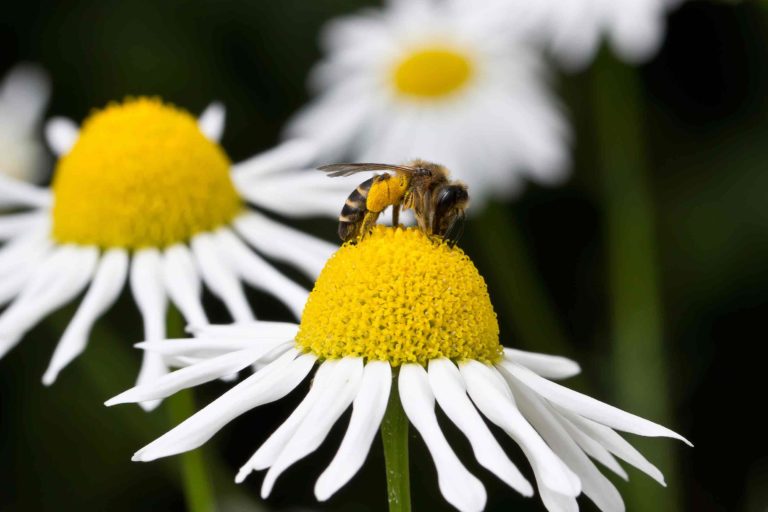
Warm weather is here, and it seems like everyone wants to play outside – even the bugs. So how can you keep your kids safe from nature’s bites and stings during outdoor games, and what should you do if a bite occurs?
Here’s some prevention and treatment tips for the most common bug bites and stings.
Mosquito Bites
- Prevention. Wearing loose-fitting clothing and keeping your skin treated with bug spray are good ways to prevent mosquito bites. Additionally, keep pools of standing water from accumulating near you or your campsite to keep mosquitos away.
- Treatment. The best treatment for mosquito bites is time. To lessen the time the bites take to heal, avoid scratching the area. If the itch becomes too agitating, a gentle massage or pat will often accomplish the same thing scratching will without hindering the healing process. For a bit of immediate relief, an ice pack or an itch-preventing cream, such as calamine lotion, may be applied to the bite.
Wasp, Hornet or Bee Stings
- Prevention. The best way to prevent a wasp sting is to stay away from the insects altogether. Be aware of your surroundings and take special care to notice and avoid nests.
- Treatment. Check to see if the stinger is still lodged in the skin. If it is, the first step in treating the sting is removal of the stinger. Do not squeeze the stinger to remove it, otherwise the venom will be spread into the skin. Instead, use a flat object, like a credit card, to scrape the stinger out, utilizing the naturally-occurring hook near the top of it.
- Next, run the sting under some cold water to clean it of any bacteria, and elevate the limb or area that was stung. Remove any clothing that could inhibit circulation, and apply an ice pack to the area to prevent swelling. Tylenol or Benadryl may also help relieve the itching or burning sensations that come with a sting.
If one of your children gets a bite or sting while playing out of doors, it is not usually something to worry too much about. That being said, if a child has experienced a bite or sting and becomes lethargic, the area swells noticeably, or he or she develops other symptoms indicative of an allergic reaction, contact your pediatrician or hospital right away. Antihistamines can be helpful during an allergic event, but it is often better to be safe and talk to a doctor first.
Ticks
A person is most likely to pick up ticks in wooded areas or high grasses. Although the risk of contracting a disease from tick bite isn’t very high, the diseases they carry are frightening. Ticks can carry Lyme disease, Rocky Mountain spotted fever, and some bacterial infections.
The good news is that ticks must remain attached for 24 hours or more before they can transmit a disease. As long as you find ticks quickly, the risk of contracting these diseases is quite low.
- Prevention. Taking some simple actions can help prevent tick bites – wearing long-sleeve shirts, hats, and pants tucked into your socks or boots. These tactics can go a long way in preventing ticks from attaching to you.
- Removal: If you notice a tick on you or your child, use tweezers to pull it off. Do this very slowly and get as close to the head of the tick with your tweezers as possible.
- Never twist a tick or use bare hands to try to remove this insect. Never try to burn a tick with a lighter or match, and don’t apply petroleum jelly to try to get the tick to release. These are not safe ways to remove ticks.
Hopefully you can use these tips to protect yourself and your family while you enjoy the outdoors. Check with your child’s Pediatrician to find out what effective insect repellents they recommend for your child’s age.
If you have any more questions about bug bites or what you can do to help prevent them, contact your doctor for further information.
The information and content on our website should not be used as a substitute for medical treatment or advice from your doctor.




